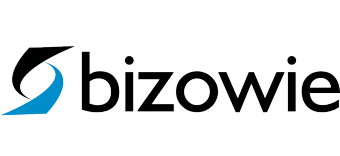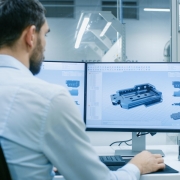Estimation in ERP: 5 Features You’ll Love
In an engineer-to-order (ETO) environment, estimation can often be one of the most critical parts of your business. Estimation processes involve your sales, engineering, production, and marketing teams coming together to scope, spec, cost, price, and quote finished product for your customer.
When everything is working smoothly and facilitated by your ERP software, estimation allows you to rapidly get your customers all the information they need, get a head start on engineering and production when the deal closes, and accurately control costs and margins on every sale. But a slow, clunky estimation process can give your competitors a head-start on deals and cause your estimators to lose valuable insights as they prepare quotes.
When choosing a new ERP product in an ETO environment, consider these helpful features in their estimation module to help bring your quoting process to the next level.
- Calculators & helpers
Many ETO processes involve complex industry- or material-specific calculations that you won’t find out of the box in most ERP systems. Calculator and Helper engines allow you to build these functions directly into your ERP workflows without writing custom code.
- Multiple variants and templates
Some ERP systems are designed around job-shop processes, where an estimate may only contain one bill of materials (BOM). This means that if you’re quoting multiple quantity breaks or variations on the same product, you need to produce multiple estimates! Variant control allows you to quote out multiple varieties within the same estimate. Many systems also offer template functionality that lets you start a new variant based on an existing or predetermined BOM.
- Customizable printed documents
Just about every manufacturer produces printed quotes or estimates for their customers, but these documents can look very different! Some prepare estimates that look like simple sales quotes, with part numbers, quantity breaks, and basic pricing. Others prepare in-depth quotes with full Bill of Materials data, cost details, and even drawings. And some prefer to generate formal, graphics-rich, multi-page business proposals. A flexible printing framework will allow you to build these out directly in your ERP solution with no manual work required.
- Integrated document management
If you’re preparing CAD drawings, schematics, or other technical documents as part of your estimation process, integrated document control can be a lifesaver. Simply pull in the documents you’ve created and record the revision numbers for easy cross-reference. When the deal closes, or if you need to come back to the documents later, you can easily search to see what drawings are tied to what quotes or estimates.
- Support for sales and service lines
While estimation is primarily an engineering function, estimates can also tie into sales and service functionality. Perhaps you’d like to quote out freight directly on an estimate, or service options like installation or calibration. Sales and service lines allow you to add these items directly to the estimate, in-line with BOM and other data.

